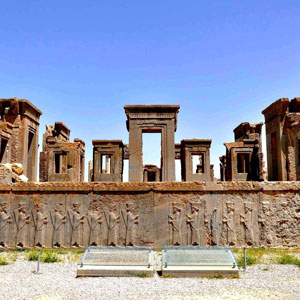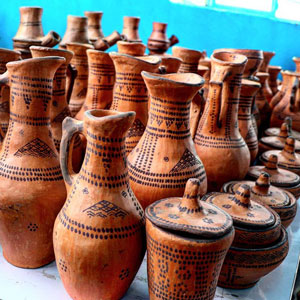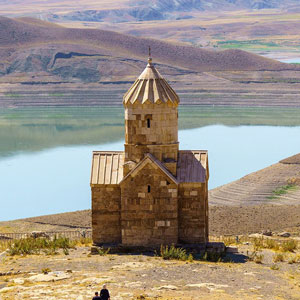 Signin with Google
Signin with Google Signin with Facebook
Signin with Facebook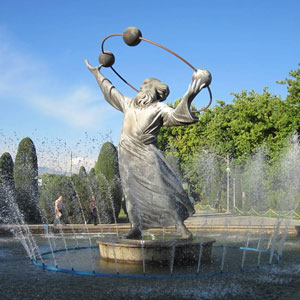 Literature
LiteratureLayli & Majnun, the Romeo & Juliet of the East
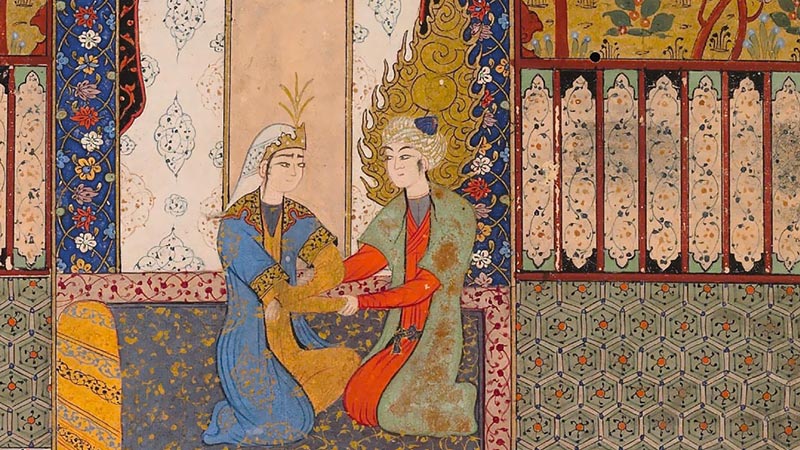
The love story of Layli and Majnun is a symbolic story of romance, devotion, tolerance and surrender. The story actually originates in the land of Arabs but finds its full flower in 7th-century Persian poetry and literature. This sacred love story has been narrated in many varied versions by well-known poets in the land of Persia, India, Afghanistan, Turkey and Arabia. One of the best literary narratives is expressed by Nizami Ganjavi, a Persian Sufi mystic poet. Layli and Majnun’s love story has become one of the most influential romances deeply rooted in the history and literature of Iran. The epic story of this masterpiece has transcended the world of literature. It has become a symbol of true and passionate love amongst Iranians to a degree where lovers are generally referred to as ‘’Layli and Majnun’’ in society.
Qays, a young man from the land of Arabs fell in love at first sight with Layli at urban school. He soon started to publicly declare his deep and honest love by citing beautiful poems for her. His soul started inebriating with the powerful elixir of love to a point where he invested all his pride in devoting himself and his life to Layli and adoring her. As a result, many started referring to him as Majnun, meaning possessed or a madman in love.

The rumour of their love started spreading around. Qays finds the courage to ask Layli’s father, a conservative and covetous man, for Layli’s hand in marriage. Her father and the entire tribe profoundly refused and rejected Majnoon and considered his love for Layli very dishonourable.
Layli is then forced to marry an older man called Ibn Salam, despite her will. Out of spite, Layli never allowed intimacy with her husband and mourned over her separation from Majnoon behind closed doors.
Meanwhile, Majnun, feeling torn and separated from his beloved Layli, leaves his family behind and goes off to live in the wilderness for years to come. He endures suffering through solitude, minimal food and no human contact for the rest of his life. He composes verses for Layli in his reclusion. His incessant love for Layli is true, honest and undying.
’’ my soul is purified from the darkness of lust, Love is the essence of my being, love is fire and I’m wood.’’

Some years later, Layli’s husband dies out of grief and rejection. Nizami’s narrative cites that Layli, after the death of her husband, was offered a few chances to secretly meet up with Majnun through the help of a devoted friend. Upon these encounters, Majnun never laid a finger on Layli. His dedication to Layli’s love was sacred and divine. Nevertheless, Layli fell ill and the grief of her separation from Majnun finally killed her. The news of her death reached Majnun in the wilderness. He went on a search and found Layli’s grave. He wept and cried over her grave until he too surrendered himself and died at Layli’s graveside. It is cited that he too was buried next to his eternal love, where they got reunited in paradise.
The story depicts a journey towards seeking god in a spiritual world. Majnoon’s sacrifice for ideal love makes him devoted to Layli all his life. His divine love transcends physical pleasures. Separation and suffering ultimately reunite them together, only in death. This story has become a mystical and epic love story in Persian literature and culture. The innocent and pure romance has become a symbol of the richness of one’s love for their beloved in the Eastern world, especially in Iran.
By Melika Shahid / TasteIran

